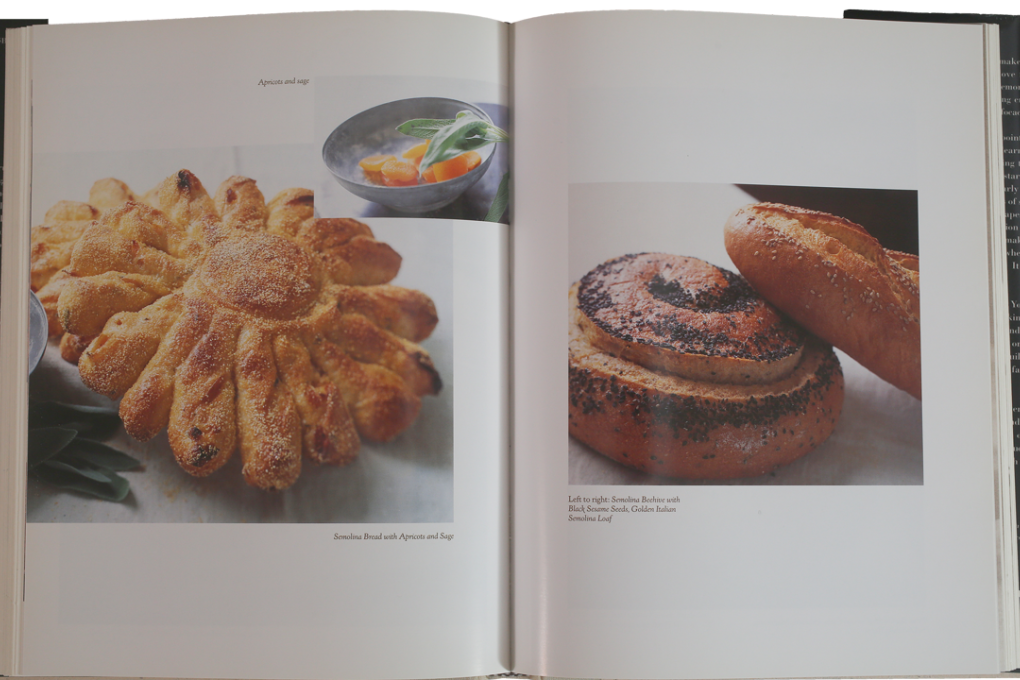Amy’s Bread: step-by-step guide for bakers
The description of a typical day at New York bakery Amy’s Bread is enough to put off a would-ber, but don’t be: these recipes are worth a try at home, and this amply illustrated book is full of tips and explanations


“The day begins at 5am with the mixing of the dough. Our large mixer is filled with flour, water, sourdough starter, salt, and a pinch of yeast. Before long, a mass of creamy, glossy dough, smelling of robust wheat, is slapping and snapping as it is pulled and stretched by the fork kneader. The dough is lifted from the bowl to rest and rise slowly at a cool temperature, then divided into portions to be shaped later in the day.”
“By noon, there are several rolling racks of rising dough waiting to be cut and formed by our team of shapers ... It doesn’t take long to fill the racks with hundreds of loaves of every shape and size, from boules and ficelles to logs and batards. Skilled hands gently mould the dough, piece by piece, being careful to seal the breads tightly while leaving some of the open air pockets intact – a feat a machine could never achieve. The bread is left to rise again and then is placed in a 50° F retarding walk-in refrigerator, where it will ferment and rise slowly until it is ready to be baked in the middle of the night ...

“The pace slows slightly, but then the night crew arrives ... The room becomes warm and steamy as the first batch of dough is loaded into the stone hearth oven ... After the bread has cooled, it is packed into brown paper bags for wholesale deliveries to some of the finest stores and restaurants in the city. Drivers stop throughout the night to pick up the sacks of fresh bread. At 8am we open our store to retail customers ... By then, most of the bread is baked, cooled, and stacked on the shelves, ready to be tasted and enjoyed. Meanwhile, we have already begun the whole process again.”